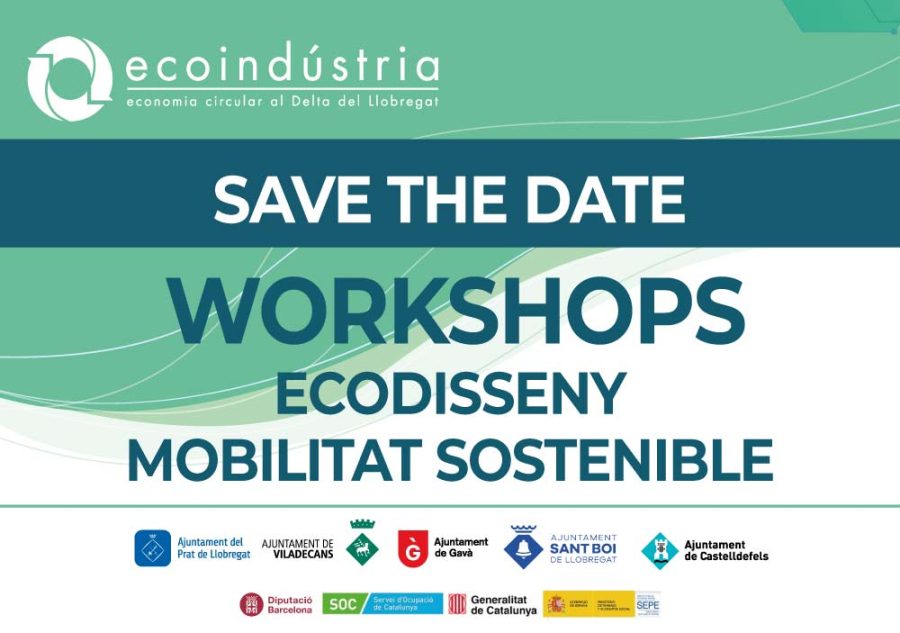The Sustainable construction can be defined as one that, having special respect and commitment to the environment, involves the efficient use of energy and water, resources and materials that are not harmful to the environment, is healthier and is directed towards a reduction of impacts environmental
This entails a change in the mentality of the industry - and the economic strategies - with the purpose of prioritizing the recycling, re-use and recovery of materials against the traditional tendency of the extraction of natural materials and to promote the use of constructive processes and energy products based on renewable energy.
Buildings consume between 20% and 50% of natural resources, depending on the environment where they are located, construction being a large consumer of natural resources such as wood, minerals, water and fossil fuels.
At the same time, construction has an environmental impact due to the use of materials from natural resources, as well as the use of large amounts of energy needed to manufacture the final construction products (cement, steel, manufactures, etc.) and for on-site installation. Nor can we forget the ecological costs that involve both the extraction of mineral resources (quarries, mines, etc.) and the deposition of waste originating in their manufacture and installation on site, which range from toxic emissions to possible contamination of the surface waters due to spills and of the underground waters on the part of the landfill leachates. At the end of their active life, buildings also generate a large amount of waste.
Sustainability criteria
Sustainability takes into account the effects that the construction will produce on the people who live and/or work in the buildings and the impact on their surroundings. Thus, it is a matter of making progress in instrumentalizing a series of principles such as, for example:
- Conservation of resources (materials, water, energy).
– Principle of the three "Rs": recycle, recover, re-use.
- Analysis of the management of the life cycle of the raw materials used, with the objective of reducing the generation of waste and GHG emissions.
- Rational use of energy.
- Rational use of water.
- Increase in the quality and health of life for the user / owner and the community in which it is located (urbanization).
- General environmental protection of the environment in which it is located.
Minimize the impact
An optimal strategy to minimize the environmental impact is to use solutions that reduce the effects in a balanced way
the materials produce on the environment, that is to say, on the energy consumption to produce and install them, the waste they generate when they are manufactured and then installed on site and the direct and indirect pollution they produce, for example:
- Re-use of existing buildings when demolitions or major renovations are carried out, maintaining where reasonable some or most of the elements indicated below: cementation and structure, cover and facade, partitions, raised floors and false ceilings, ….
- Send to recover and/or recycle waste generated during construction such as: wood, asphalt, concrete, brick and block, plaster, cardboard, metals, paper and cardboard, waterproofing, plastics...
– Choose materials that are recovered or restored such as wooden floors, wooden panels, wooden doors and frames, screens and furniture, roof tiles, brick and decorative elements such as fireplace fronts, hardware, and old lighting devices.
– Choose materials that contain recycled, post-consumer or post-industrial materials such as plasterboard, false ceiling acoustic panels, raised floor plates, steel, concrete, etc.
- Choose materials of local or regional origin, within a reasonable radius from the center of the work, in terms of transport costs and what this entails in terms of GHG emissions.
- Choose materials for the building that are quickly renewable such as cork, bamboo, vinyl, poplar, fast-growing pines, etc.
- Choose wood products that come from forests certified as sustainable farms for the final elements of the building.
– Choose paints, primers, carpets, adhesives and insulators and wood composites without Volatile Organic Compounds (VOC)
From the drafting of the building project, the final energy consumption that is initially going to be can be controlled to a large extent. Later, in the operation of the buildings, energy management, user intervention and maintenance will be of great importance.
This writing is excerpted from a monograph written by Aurelio Ramirez and what is the title "Sustainable construction". We recommend reading the full text.







